The National Gallery is set to host a landmark exhibition that will captivate both art aficionados and lovers of history alike. José María Velasco: A View of Mexico will be the first-ever monographic exhibition in the UK dedicated to the 19th Century Mexican painter José María Velasco (1840–1912). This exhibition, running from March 29 to August 17, 2025, will offer a glimpse into the artist’s unique perspective on Mexico’s landscape, culture, and scientific curiosity.
José María Velasco at the National Gallery
28th March 2025
Discover 19th-century Mexico through the vivid landscapes of José María Velasco. SPHERE’s Digital Editor Lisa Barnard attended the preview of José María Velasco: A View of Mexico, the first UK exhibition dedicated solely to the artist. Expect sweeping landscapes, scientific intrigue, and a fresh lens on Mexico’s rich history at the National Gallery.
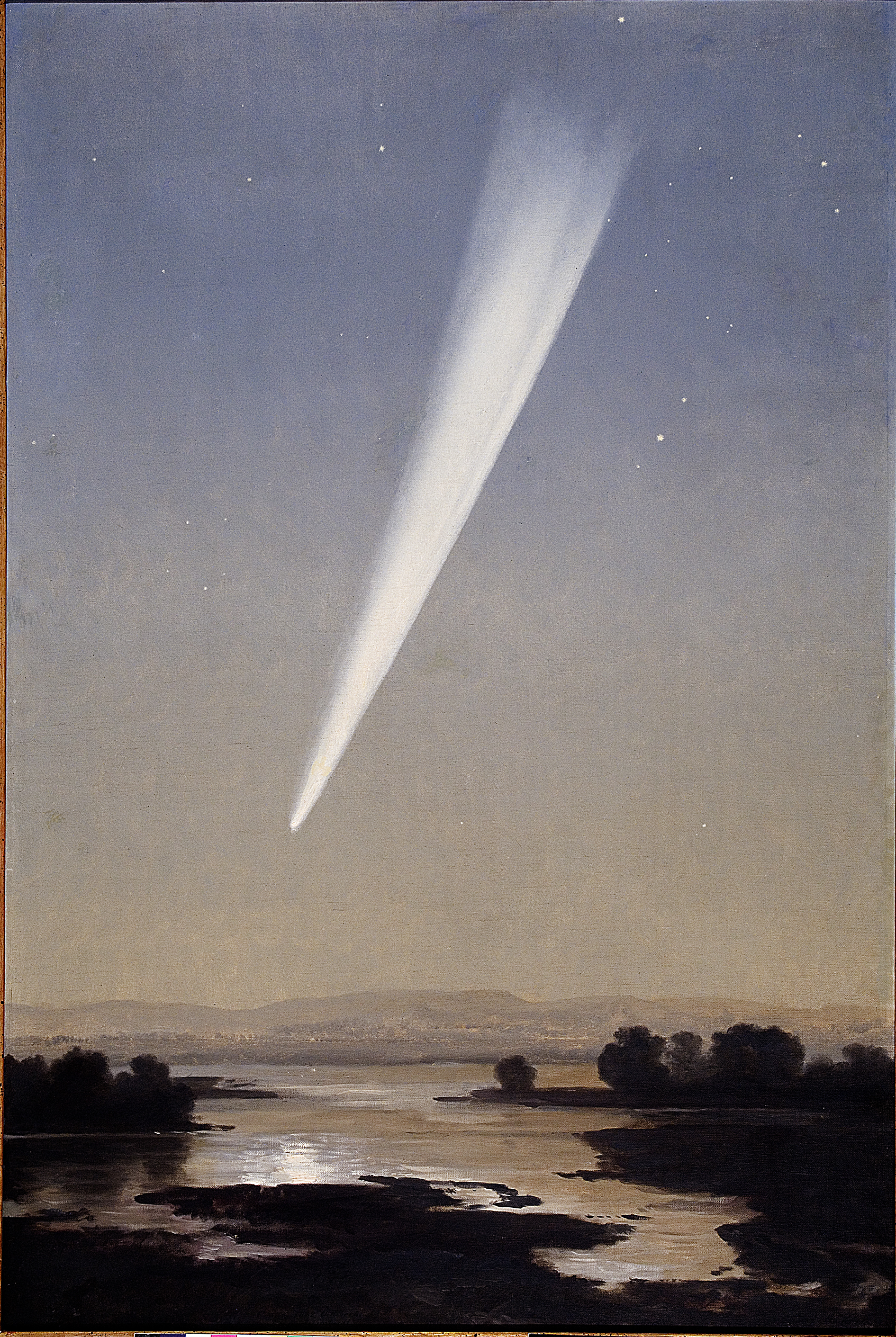
Coinciding with the 200th anniversary celebrations of the diplomatic ties between the UK and Mexico, this exhibition marks the National Gallery’s first exhibition dedicated to a historical Latin American artist. The exhibition will showcase around 30 paintings and drawings, with many works being drawn from Mexico's prestigious Museo Nacional de Arte (MUNAL) alongside private collections.
Mexico at a turning point
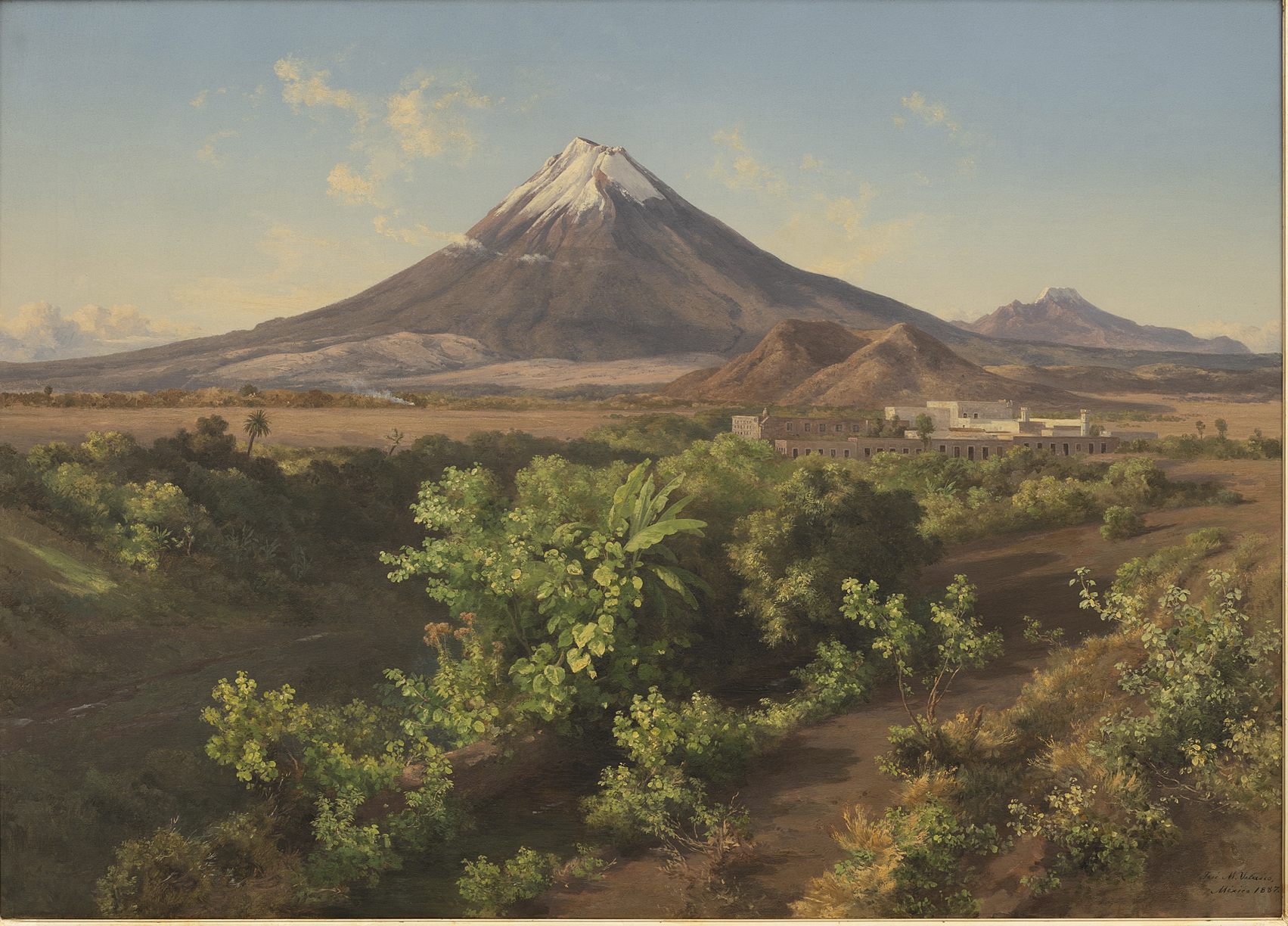
Velasco’s mastery of capturing the beauty of the Valley of Mexico, that surrounds Mexico City, made him one of the most renowned artists in his time, yet his name remains relatively unknown outside his homeland. The artist’s works document Mexico’s transition through accelerated industrialisation during the 19th century. Paintings such as The Valley of Mexico from the Molino del Rey (1895) and The Textile Mill of La Carolina, Puebla (1887) depict a time of radical change, as industrialisation began to impact Mexico’s natural landscape. Velasco’s portrayal of these contrasts draws the viewer into a liminal space that straddles both the natural and the man-made.
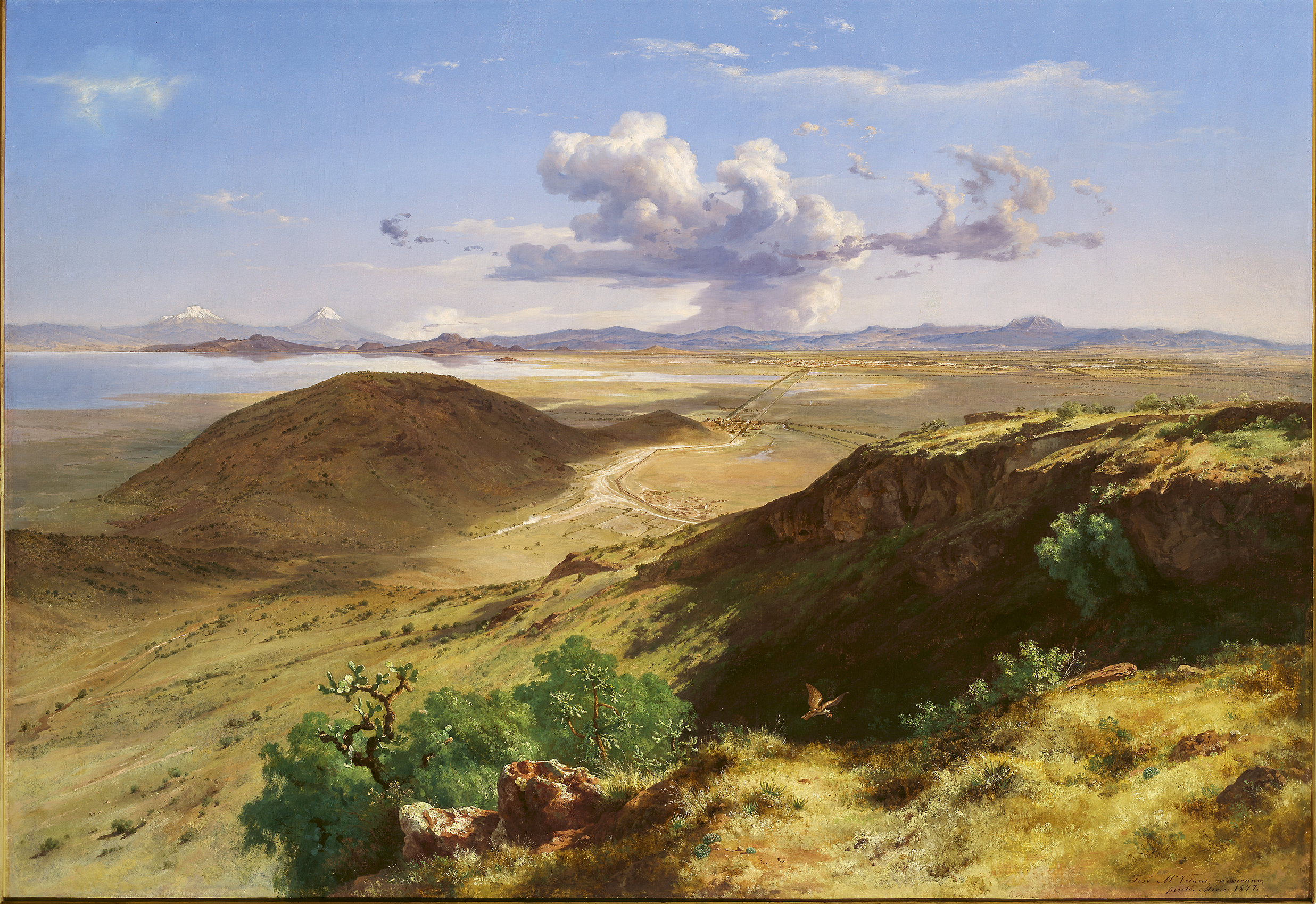
Central to the exhibition is Velasco’s most celebrated painting, The Valley of Mexico from the Hill of Santa Isabel (1877). On the surface this painting may appear to be a straightforward landscape of the Valley of Mexico, but a closer examination reveals hidden layers of meaning. In the foreground, Velasco includes a nopal cactus and an eagle, symbols that are central to the founding myth of Mexico City. These elements, featured on Mexico’s flag, are far from incidental; they are deeply tied to the country’s origins.
Art meets science
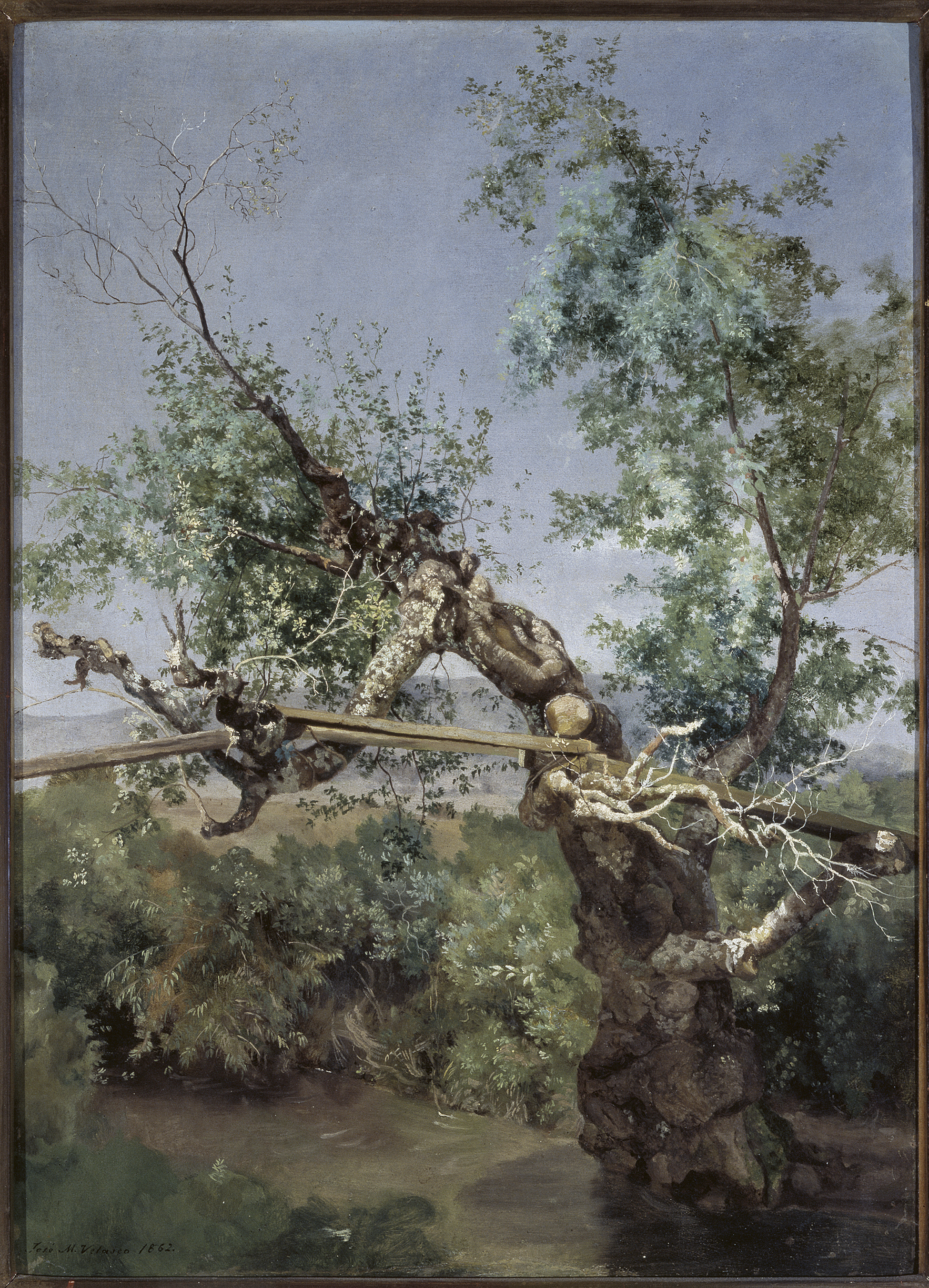
What sets Velasco apart from other artists of his era is his scientific curiosity, while celebrated as a painter, he was also a polymath. A keen botanist, geologist, and naturalist, he integrated his scientific studies into his artistic process. This fascinating duality is explored through thematic sections of the exhibition such as Flora, where botanical works like A Rustic Bridge in San Ángel (1862) and Cardón, State of Oaxaca (1887) reveal the artist’s deep fascination with botany and anatomy, an interest so profound that he even published scientific papers on the subject.
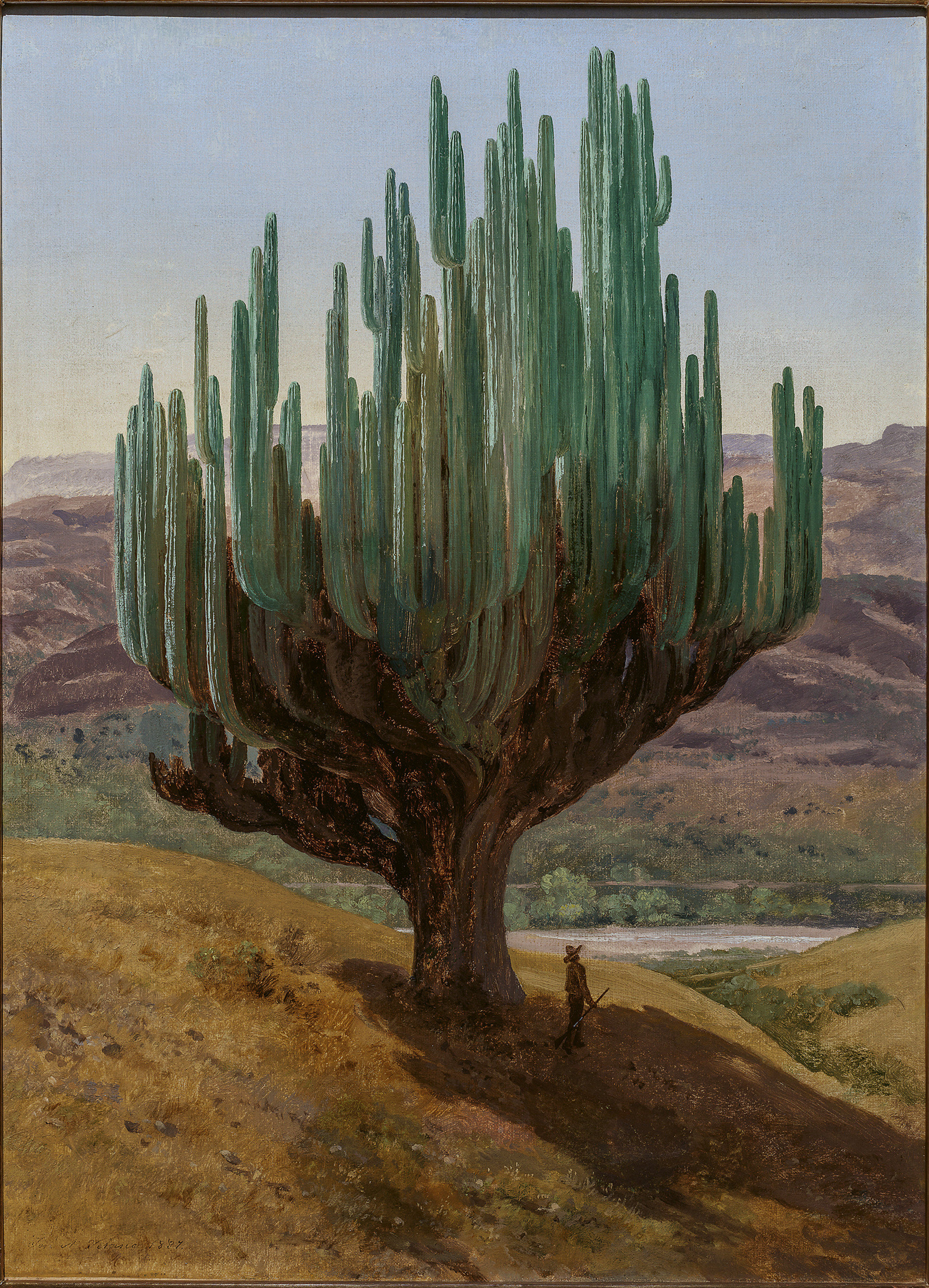
Velasco’s fascination with the region’s geology and ancient ruins is explored in the exhibition's sections on Geological Time and The Ruins and Archaeology. Works like The Pyramid of the Sun in Teotihuacán (1878) and Rocks on the Hill of Atzacoalco (1874) highlight his profound connection to the land, not only as an artist but also as someone deeply invested in uncovering the essence of Mexico's ancient landscapes.
Rediscovering Velasco

Although Velasco exhibited internationally during his lifetime, including in Europe and the United States, his presence has dwindled outside of Mexico, especially in the UK, where there aren’t any paintings of his in any public collection. The National Gallery aims to right this wrong, providing British audiences with a rare opportunity to engage with Velasco’s powerful portrayal of Mexico’s natural and social history. The exhibition will also explore how Velasco’s works compare to European painters of his time, particularly through a comparison with Édouard Manet’s The Execution of Maximilian (1867-8), which depicts Mexico’s turbulent history during French colonial rule.

This exhibition is timely, as it touches on themes that resonate deeply in today’s world. Velasco’s works do more than capture Mexico’s beautiful landscapes, they also reflect the profound ecological shifts occurring in the 19th century, many of which parallel the environmental challenges we face today.
In addition to the collection on display, the exhibition will be complemented by a catalogue that serves as the first-ever monograph on Velasco published outside Mexico. Featuring essays from leading curators and scholars, this will be an essential resource for those wanting to delve deeper into Velasco’s legacy.
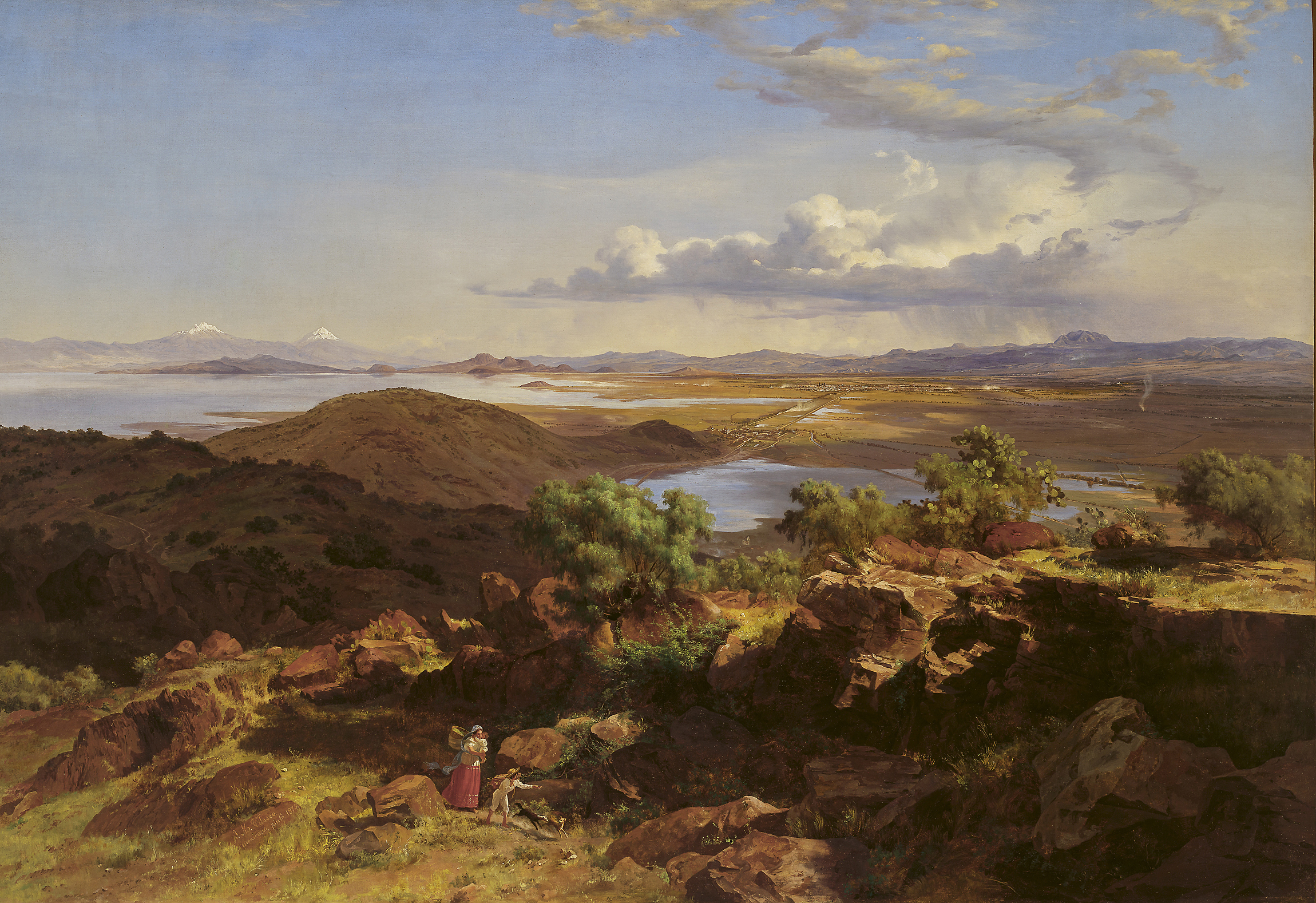
José María Velasco: A View of Mexico will be open from March 29 to August 17, 2025 at the National Gallery, London. This exhibition was organised by the National Gallery, London and the Minneapolis Institute of Art.
Book tickets via nationalgallery.org.uk Tickets start from £12 and are free for members.






